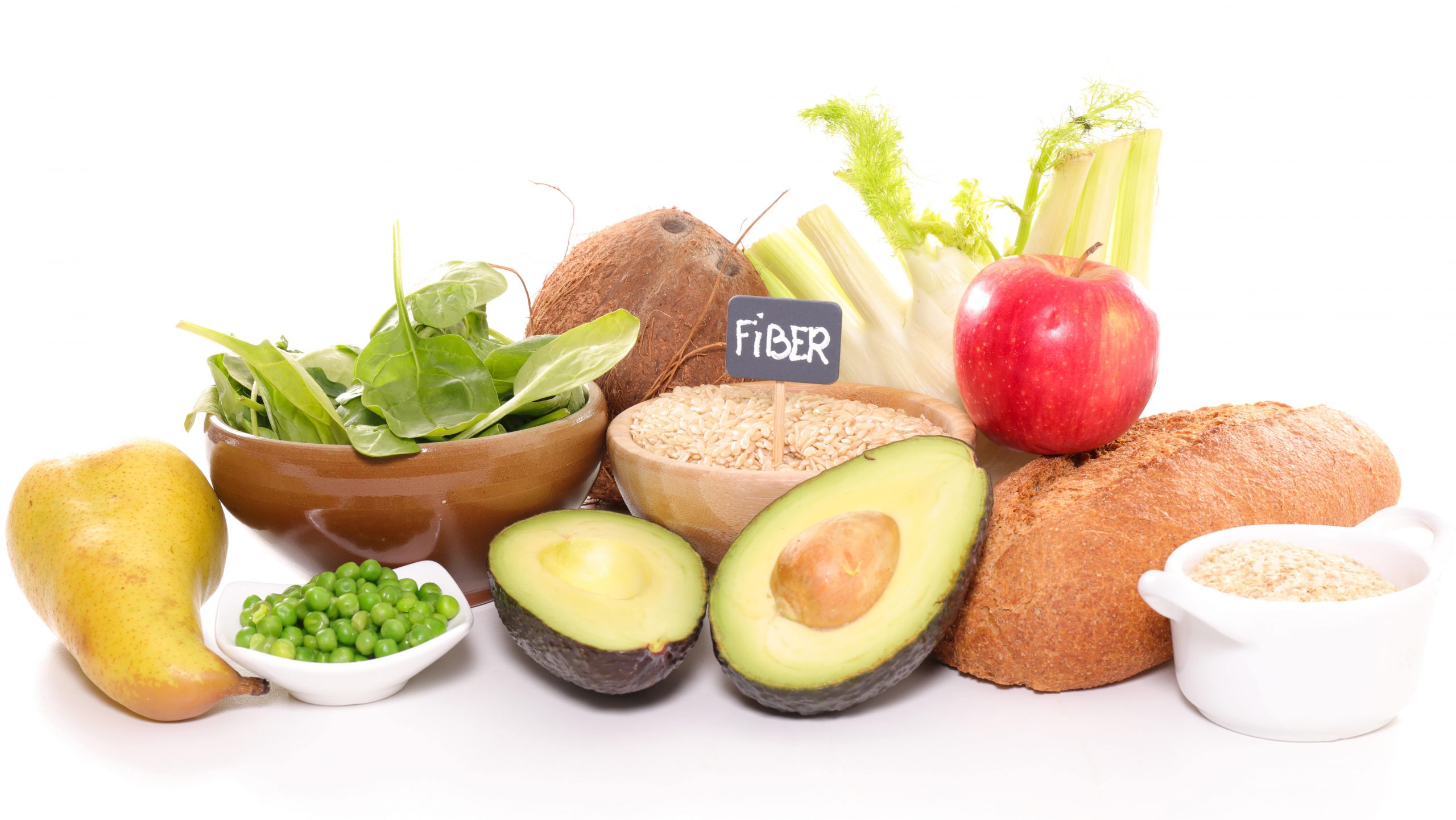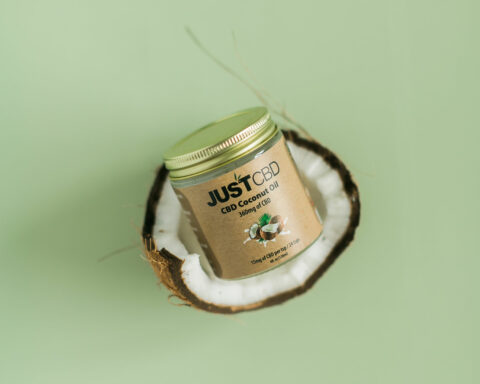Among the many dietary components, fiber is incredibly critical for your health since it has a range of health benefits. Here are strategies that will help you increase your fiber intake.
Fibers are a significant part of our diet because of the many health benefits associated with them. For instance, they slow down bowel movements and prevent constipation. They also lower the body’s cholesterol and blood sugar levels, which are important in controlling heart disease and diabetes risk. Even for weight loss, fibers are really important. Their presence in food helps with slow absorption of food and staying full for long; hence a person takes only small portions and can attain weight loss. As if that’s not enough, fibers help keep the gut microbiota healthy, especially the prebiotic fiber. Because fibers are this important in the body, here are ways to take more.
i. Include fiber in every meal
It is possible to include fiber in every meal of the day. For example, you can snack with nut butter and include vegetable soup or cereals like oatmeal, seeds, and berries in your breakfast. For lunch, include vegetables, and should you decide to do sandwiches, use whole grain bread. For dinner, eat something high in fiber, say beans and vegetables. If you do this for every meal every day, you will slowly take your fibers to the optimal level.
ii. Read labels when buying processed foods
The focus today for healthy living is mainly on plant-based whole foods, but sometimes we just have to do processed foods. Still, you can optimize your fiber intake by checking how much fiber a serving of the food you are buying offers. Typically, foods that offer 2.5g per serving are good fiber sources, and those with 5g and more are excellent. In addition, you can try foods with fiber supplements from natural products, including granola bars and some types of yogurts. Read the labels for ‘polydextrose’ or ‘inulin’ for natural fiber.
iii. When eating sweet potatoes, apples, and cucumbers, leave the peels or skin intact
Often, we peel off fruits and vegetables, thinking that we are getting the most. However, in so doing, we are eliminating most, if not all, of the fruit or vegetable’s fiber content. For instance, a sweet potato has 3g of fiber mostly found on the skin and peeling it gets rid of all this. Similarly, a small apple has about 3.5g of fiber. However, when you peel it, you only get less than 2g fibers.
iv. Make legumes a regular part of your diet
We cherish beans, lentils, peas, dried peas, and other legumes and include them in our diet, and for every good reason. They are great sources of vitamins, proteins, minerals, antioxidants, and plant compounds, which boost the immune system and help fight diseases. In addition, they are great sources of fibers, with cooked beans making up 50%of the RDI fibers. Interestingly, legumes are versatile foods you can enjoy in several ways. For instance, you could make beans salad, top your beef with whole or mashed beans, or do bean dips with hummus.
v. Eat more berries
Berries are high in fiber yet are quite low in sugar, and you will eat them moderately and never worry about blood sugar levels shooting in the body. Blueberries, strawberries, raspberries, and blackberries are rich in fiber. Each cup supplies 3g, 4g, 8g, and 8g of fiber, respectively. What’s more, you can enjoy them in many ways, including incorporating them in smoothies, adding them to yogurt or cereals, or just eating them plain. Whether frozen or fresh, the fiber content is intact.
vi. Use high-fiber flour for baking
We all enjoy muffins, bread, pancakes, and cakes baked with white flour. However, using wheat pastry flour with close to 5times fiber content is a better alternative to get the most of fibers. Still, trying an ounce of coconut and soy flours supply 10g and 7g of fiber, respectively. You could try a range of alternatives, such as flours from buckwheat, barley, chickpea, and hazelnut, although the fiber content is slightly low (about 3g per ounce).
vii. Eat more avocadoes
Avocadoes have creamy, green, fleshy parts, and many people love them. As you take them, you get lots of fiber besides the unsaturated fats. Imagine that half the regular-sized avocado has about 5g of fiber, a good percentage of the fiber RDI. Like most foods, they are versatile and can make great salads and toppings, and can also be enjoyed plainly.
viii. Focus more on whole fruits and vegetables instead of juices
People love fruit juices, claiming that they are high in micronutrients. While they may actually have the micronutrients and be low in sugar, they have all their fiber content stripped off, and the only carb intact is sugar. However, you get the most fiber content when you eat your whole spinach, broccoli, berries, apples, or any fruit or vegetable.
ix. Try fiber supplements
While dietary fibers are the best, sometimes you might have to try supplements, especially when your fiber levels get really low. There are many fibers deemed healthy, including psyllium, guar fiber, or glucomannan. The only challenge is that they may interfere with some medications and cause stomach discomfort, including bloating and diarrhea. To mitigate these drawbacks, speak to your doctor if you are on medication and introduce the supplements gradually while lots of water.
x. Substitute refined grains with whole grains
Refined grains can last long but have their fiber and vitamins removed. However, whole grains have all nutrients and fiber intact. Why not replace the refined grain with whole ones? There are a handful of whole grains, including buckwheat, brown rice, quinoa, ferro, amaranth, and millet, all of which are healthy.
xi. Eat vegetables in every meal, and take them before the main meal
Vegetables are high in protective vitamins and antioxidants, so you need plenty of them to lower your risk of infection. Eating a lot of vegetables, especially before the main meal, is a great way to incorporate more vegetables into the body. With such a strategy, you get more fiber and still cut down significant amounts of calories, helping you lose and maintain weight.
xii. Focus on whole-carb food sources
Fibers are a form of carbs reaped from plant-based food options. Starchy vegetables, legumes, fruits, and seeds (including chia seeds) are great sources of fiber. By maximizing their intake instead of processed foods, you optimize your fiber intake.
Conclusion
Fibers are important in your diet as they prevent constipation and lower your risk of heart disease, metabolic syndrome, diabetes, and excessive weight gain. There are several tips and tricks on optimizing your fiber intake. Peer into this article and learn all these ways.
- Our Big Kitchen’ (OBK) is a non-profit organization located in Sydney, Australia - April 10, 2023
- Duos CBD, a hemp product E-commerce website - April 10, 2023
- SOFA SPOONING SEX POSITION - April 7, 2023









